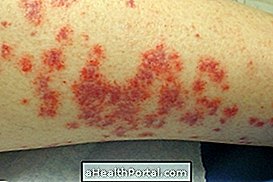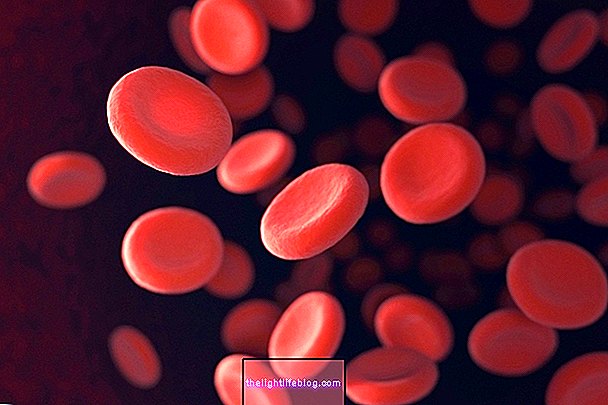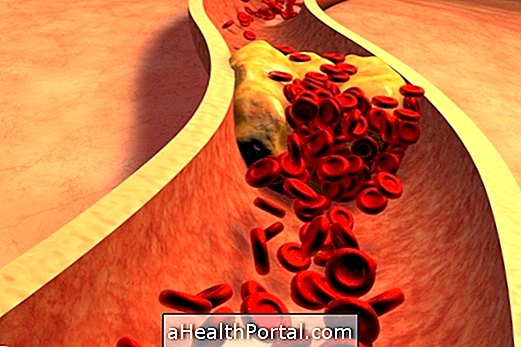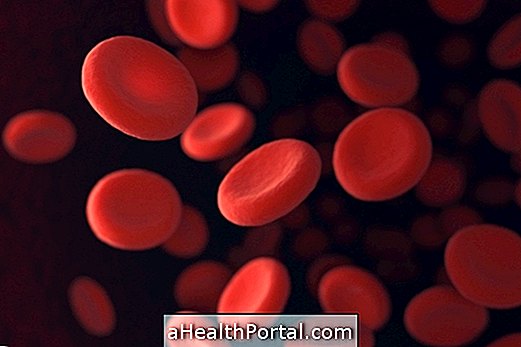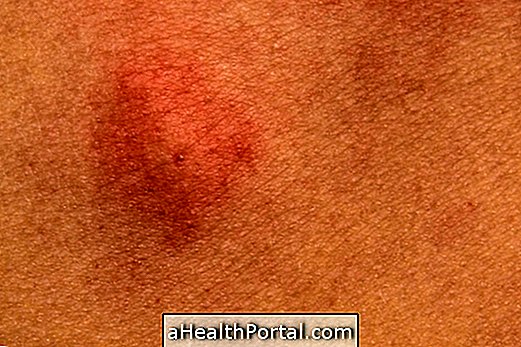Aplastic anemia is a type of autoimmune and idiopathic disease, meaning no definite cause where the bone marrow fails to produce the proper amount of blood. It produces symptoms such as pallor, purple marks on the skin for no apparent reason and long haemorrhages even in small cuts, being subdivided into moderate or severe (severe) anemia. Aplastic anemia when not properly treated can lead to death due to infections in approximately 10 months.
Symptoms of aplastic anemia
The symptoms of aplastic anemia are:
- Pallor on the skin and mucous membranes;
- Several cases of infections per year;
- Purple marks on the skin for no apparent reason;
- Large hemorrhages even in small cuts;
- Tiredness,
- Shortness of breath;
- Tachycardia;
- Bleeding gums;
- Dizziness;
- Headache;
- Eruption in the skin.
How to identify aplastic anemia
A complete blood count, bone marrow biopsy, bone x-ray, vitamin B12 dosage, ferritin test, serology for viral infections, biochemical tests, cytogenetic study, and direct and indirect coombs should be performed to identify aplastic anemia.
These tests may exclude other hypotheses of disease and confirm the diagnosis of aplastic anemia. See which tests confirm anemia.
Patients undergoing treatment should perform the following weekly tests to see if the treatment is being performed well:
- Hemogram, urea, TGO / TGP / FA / DHL and CsA;
From the 2nd month and every 6 months:
- Serology of Chagas, lues, CMV, hepatitis A, B and C, HIV, HTLV1, ferritin, direct and indirect combs.
Treatment for aplastic anemia
Treatment for aplastic anemia consists of blood transfusions, bone marrow transplantation, antibiotic for infections and immunosuppressive drugs such as methylprednisolone, cyclosporine and prednisone. Only 25% of patients achieve bone marrow transplantation and therefore the disease survival rate is not very high.
